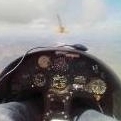
Sign in to follow this
Followers
0

If FSX wasn't the most sophisticated PC-based flightsim...
By
jcomm, in MS FSX | FSX-SE Forum


By
jcomm, in MS FSX | FSX-SE Forum